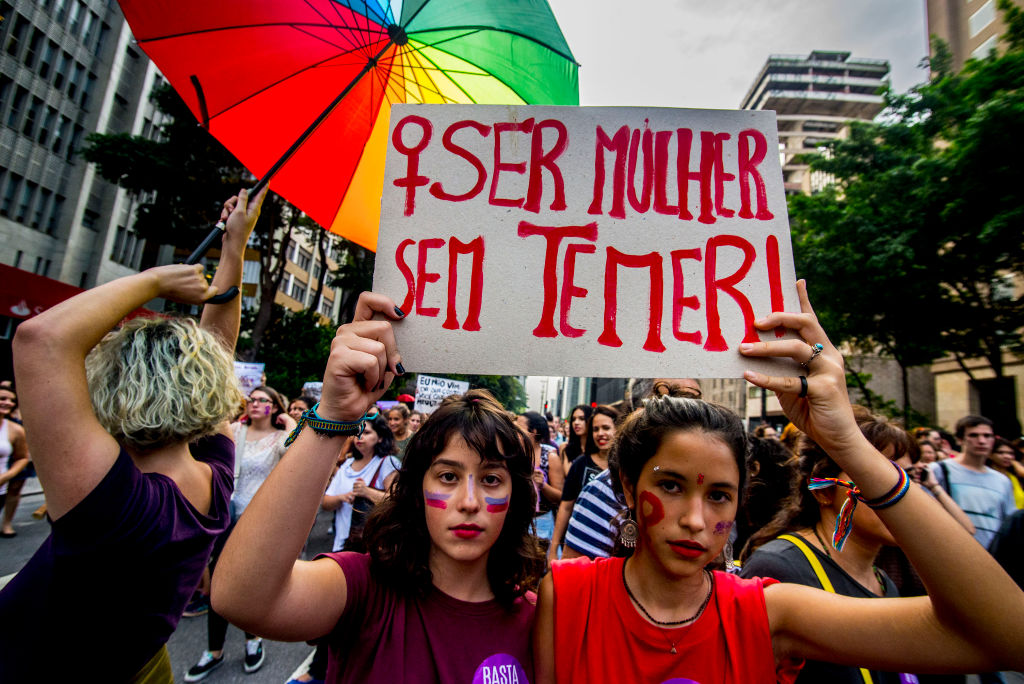Weekly Chart: Education in Latin America and the Caribbean
Weekly Chart: Education in Latin America and the Caribbean
As millions of students head back to school, we take a look at the ABCs of education in the region.
This past week, teachers protested Mexico’s overhaul of the public education system, even as more than 20 million Mexican students packed their mochilas with pencils and notebooks for school. The teachers oppose an education reform that involves a stricter evaluation and hiring process. Meanwhile, 42 percent of high school-age kids aren’t enrolled in school in Mexico. The situation paints a small portrait of problems that persist in other parts of Latin America and the Caribbean.
According to a 2013 UNESCO report, over 90 percent of children in the region enroll in primary school, though this number drops to just under 72 percent by secondary school. Although there’s been an uptick in the region’s public spending on education—from 4.5 percent of GDP in 2000 to 5.2 percent in 2010—issues such as grade repetition, unqualified teachers, and high school dropout rates dog regional educational systems. The UNESCO study charts the region’s progress in achieving Education for All, a set of goals agreed upon in 2000 at the World Education Forum, and emphasizes how uneven advances have been, with the poorest and most rural populations at the greatest disadvantage.
From high school dropout rates to public spending, we take a look at the facts and figures behind education throughout the region.







